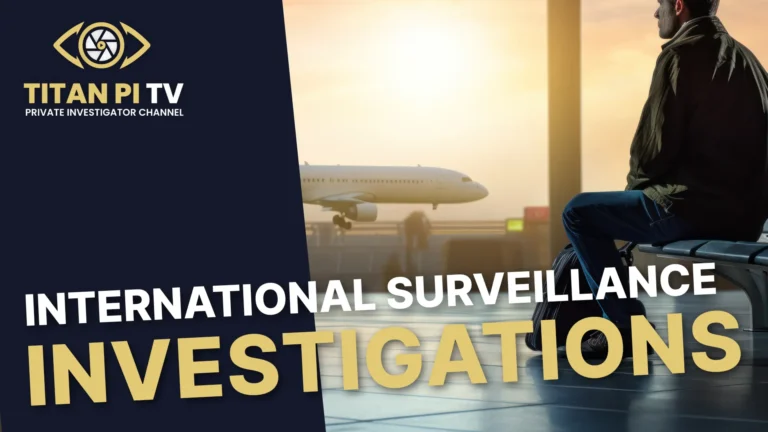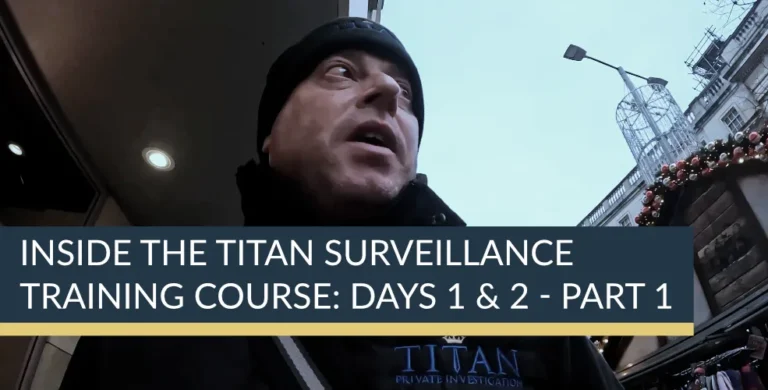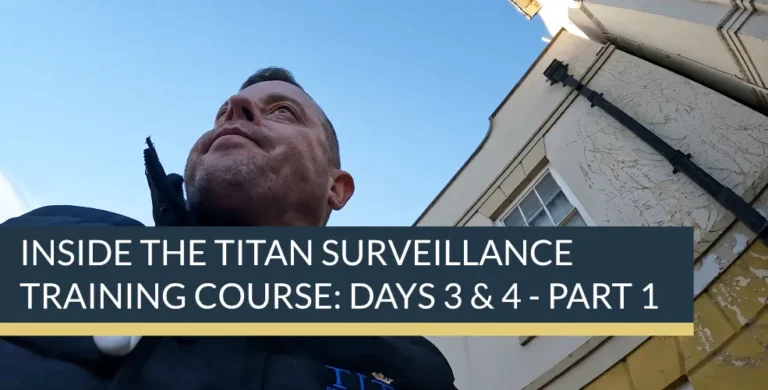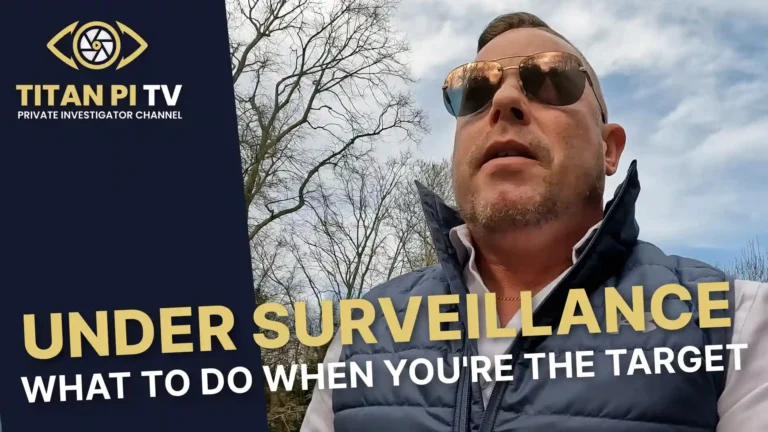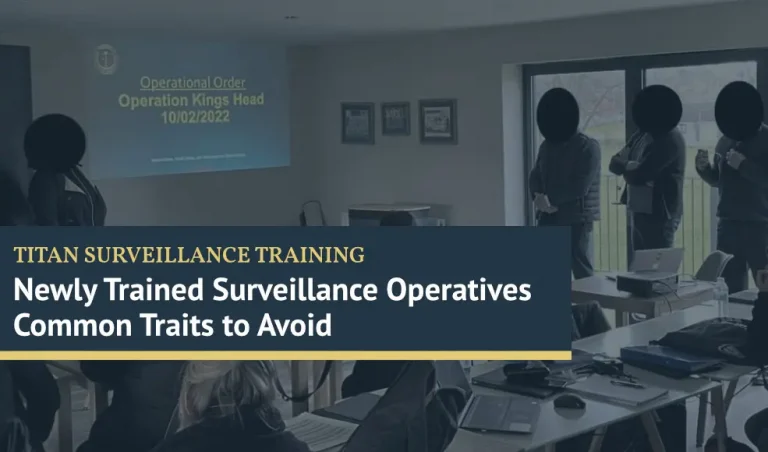How to deal with losses on Foot Surveillance
In this excitng on-location episode of Titan PI TV, your host Simon Henson takes you through the tactical challenges of using Lifts (Elevators) and Escalators during a live surveillance operation. Shot on location in Derby City Centre, this episode is a follow-up to the previous feature on “How to Deal with Department Stores in Foot Surveillance” and dives deeper into the specific techniques used when dealing with lifts and escalators—two of the most difficult and risky elements for surveillance operatives.
Key Topics Covered in This Episode:
- Understanding Losses in Foot Surveillance:
- Why Losses Occur: Simon begins by explaining the main reasons that losses happen in foot surveillance operations. From distractions in busy environments to unexpected changes in the subject’s behaviour, he covers how easy it is to lose track of the target and the common pitfalls that operatives encounter.
- Prevention Techniques: Simon stresses the importance of situational awareness and anticipation, two of the most critical skills needed to prevent losses before they happen. He provides real-time examples from Derby City Centre, illustrating how to predict where a subject might turn or pause, and how to position yourself to avoid losing visual contact.
- Immediate Response to a Loss:
- Staying Calm and Focused: Simon explains why it’s essential not to panic when a loss occurs. Remaining calm allows you to think clearly and make smart decisions on how to regain visual contact.
- Dynamic Problem-Solving: When a loss occurs, operatives need to quickly assess the situation. Simon walks through how to evaluate the last known position of the subject, and decide on the most likely next move.
- Reacquiring the Subject: Simon shares reacquisition techniques, such as returning to the last known location of the subject and looking for potential landmarks or choke points where the target may reappear. He also discusses the importance of staying on the likely route the subject may take if you can’t immediately pick up the trail.
- Introduction to the Acronym HELP:
At Titan Investigations, operatives use the acronym HELP to assist with dealing with losses quickly and effectively. Simon breaks down what HELP stands for and how it can help in real-time decision-making:
H – Honesty: Be honest with yourself and your team if you’ve lost the subject. There’s no room for ego when it comes to quickly rectifying mistakes in the field.
E – Early Call: Make the call early to alert your team or supervisor if you’ve lost visual contact. The earlier you admit the loss, the quicker you can take action to recover.
L – Location: Quickly establish the last known location of the subject. Relay this information to the team, so everyone is aware of the starting point for reacquisition.
P – Procedure: Follow the established procedures for dealing with a loss. Simon outlines the correct steps and actions that should be followed when a subject is lost, ensuring everyone on the team knows their role and responsibility. - Team Communication in Loss Scenarios:
- Coordinating with Your Team: In larger operations, team communication is critical when dealing with losses. Simon discusses the importance of having clear, concise communication protocols in place. He shares examples of how to use covert radios or mobile devices to update your team on the subject’s last known location and deploy other operatives to search nearby areas.
- Re-Evaluating Your Positioning:
- Adapting to Environment Changes: Urban environments like Derby City Centre are constantly changing. Construction sites, road closures, and large crowds can all contribute to a loss during foot surveillance. Simon explains how to adapt on the fly, reposition yourself in key areas, and make split-second decisions to avoid further disruptions.
- Physical Repositioning: When faced with a loss, Simon advises operatives to reposition themselves based on the subject’s most likely escape routes. He explains the importance of moving to elevated positions, using side streets, or employing covert public transport use to reacquire visual contact.
- Mitigating Long-Term Losses:
- Planning for Re-Engagement: If a subject is lost for a longer period, Simon covers strategies for planning a re-engagement later in the day or at a different location. He discusses the importance of having multiple checkpoints in an operation and using these pre-planned points to reacquire your subject even after a significant loss.
- Training for Loss Scenarios:
- The Importance of Training: Simon stresses that frequent training is essential to developing the skill set needed to handle losses effectively. He highlights how Titan Surveillance Training Courses incorporate real-life scenarios where operatives learn how to manage losses in a variety of urban environments, including shopping centres, parks, and dense city streets.
Final Thoughts:
Losing a subject during foot surveillance is an inevitable part of the job, but with the right techniques, planning, and communication, these losses can be minimised or quickly rectified. Simon’s hands-on demonstration in Derby City Centre provides practical, actionable strategies that every surveillance operative can use to sharpen their skills and stay one step ahead of their subject.
Interested in becoming a Surveillance Operative?
Check out our 5-Day Surveillance Training Course at Titan Surveillance Training where you’ll learn all the essential techniques, including how to handle losses, plan for urban operations, and use the latest surveillance technology.
Stay tuned for the next episode of Titan PI TV as we delve further into the world of covert operations with more on-location demonstrations and expert insights!
4o


